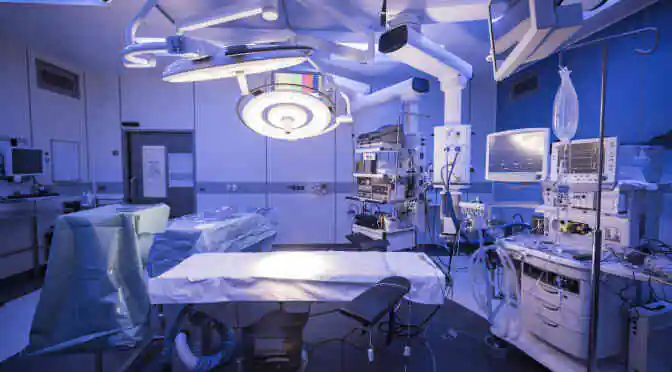Spinal disorders such as herniated discs, spinal stenosis, osteoarthritis and spondylolisthesis are on the rise in the US. Even though several back pain ailments can be treated with medication, there are many cases that require the patient to undergo surgery to restore motion. With more than 65 million people suffering from one back pain ailment or another, the spine implants market in the US is growing at a fast pace. According to analysts at Technavio, the market is poised to grow at a CAGR of more than 5% by 2020.
Though preference for MIS (minimally invasive surgery) is one major driver of the spine implants market in the US, there are some critical challenges that this industry must overcome. One key challenge that needs to be addressed is the increased number of product recalls. Meeting the stringent guidelines established for medical devices is mandatory for implant manufacturers. The main goal behind these guidelines is to ensure that the implants are safe enough to be placed in a human body. Spine implants are classified as Class III by the US FDA under orthopedics implantable devices.
Not only does product recall result in financial loss for manufacturers, but it also has a negative impact on the company’s reputation and brand equity. In 2015 alone, product recalls resulted in a loss of about $4.5 billion. For example: the TiLock pedicle screw system from Genesys Orthopedics was recalled in September 2015, as about 20% of the lock screws were made up of stainless steel instead of titanium alloy.
Another major challenge is that there is a serious lack of product differentiation in the spine implants market. Though a challenge at the global level, in the US this problem is especially prevalent. With high levels of competition, spine implants manufacturers are trying to overcome the issue through price differentiation and using better quality materials. Yet with small-sized vendors, new entrants, and large vendors trying to carve out their own niches, the next few years are sure to see a major revamp in the spine implants market. There are high chances of reduction in profit margins and low-cost tender agreements. This pricing pressure is sure to be beneficial for the consumers of these implants.
Lastly, the cost of surgery in the US is relatively high. Technological development, combined with hospital stays and post-operative costs drive up the overall expenditure of the implant process. Even though MIS helps in reducing costs, open surgeries are quite expensive. Additionally, the cost of surgery is not uniform throughout the US, making the scenario complex for those who are unable to travel to another part of the country. The two most common spinal procedures are anterior cervical discectomy and fusion (ACDF) and posterior lumbar fusion (PLF). The average cost of ACDF is about $11,000-$25,000 and PLF is about $20,000-37,000. Only those who are insured have access to Medicare facilities, making things difficult for the rest of the uninsured population.
But to suggest that these challenges will severely hinder the overall growth of the spine implants market in the US is quite far-fetched. The fact that analysts expect the market to record a CAGR of over 5% in the next 5 years proves that the drivers of this industry are making headway in overcoming these challenges. Also, with such a high rate of back-pain related ailments, stringent regulations in place, and the emergence of a highly competitive space, the spine implants market is sure to grow substantially in the US.
Looking for an in-depth analysis of the spine implants market?
Order the 2016-2020 Report on the Spine Implants Market in the US
You might also be interested in:
The 2016-2020 Report on the Global Spinal Implants Market
The 2016-2020 Report on the Global Lumbar Spine Fusion Market



